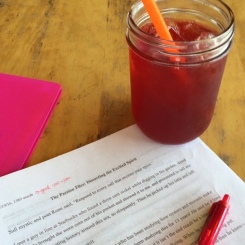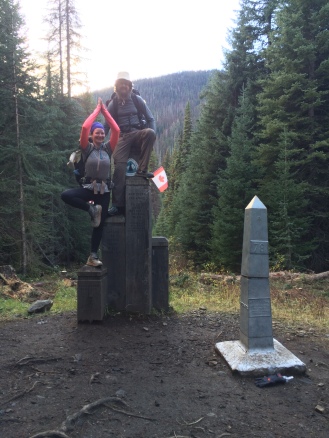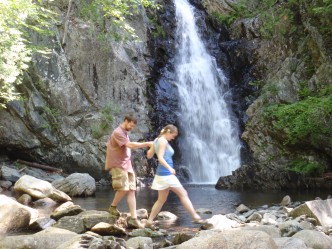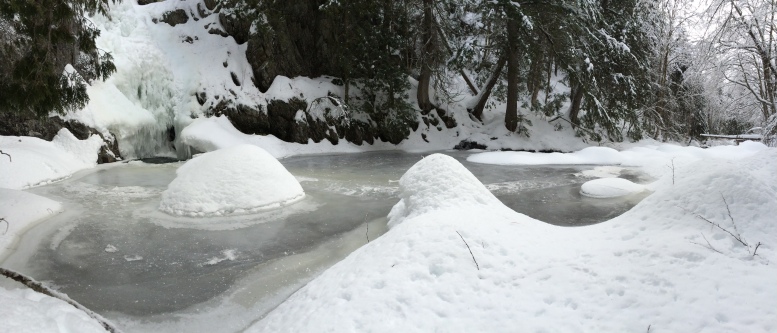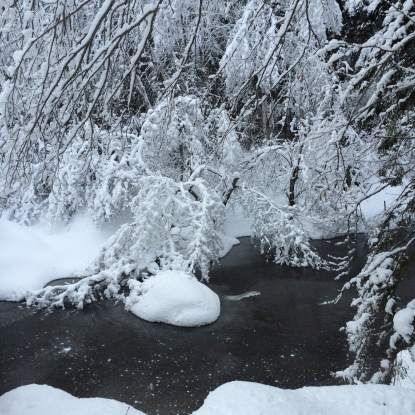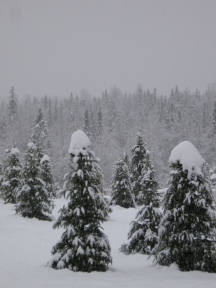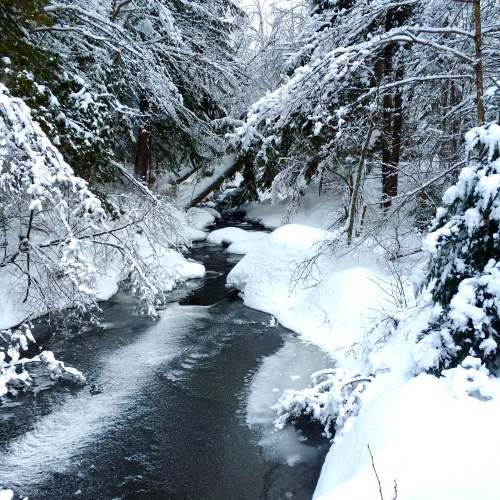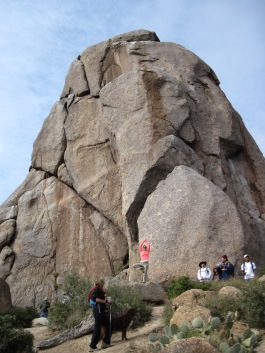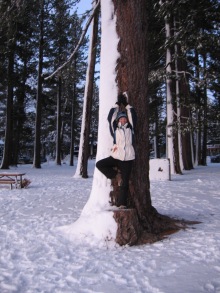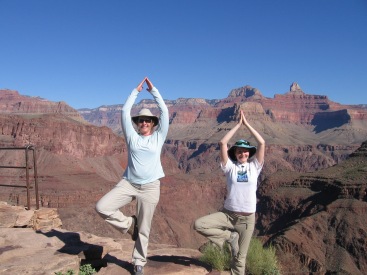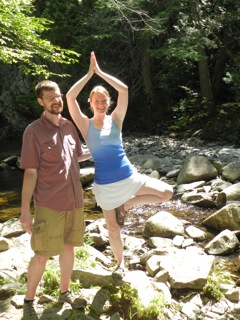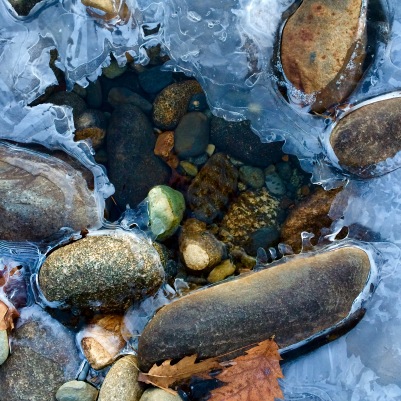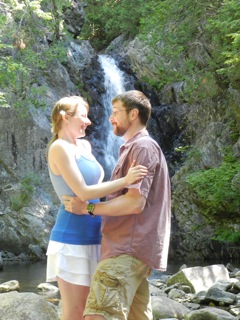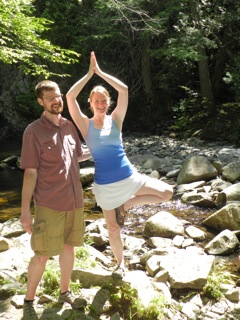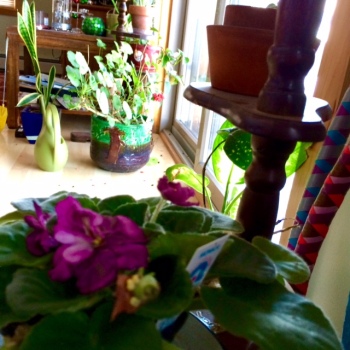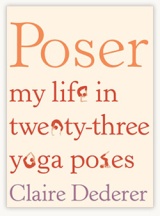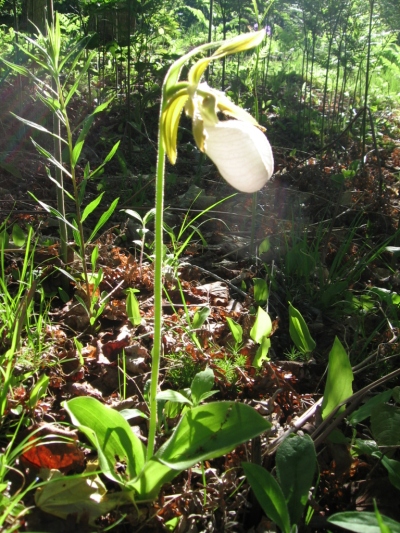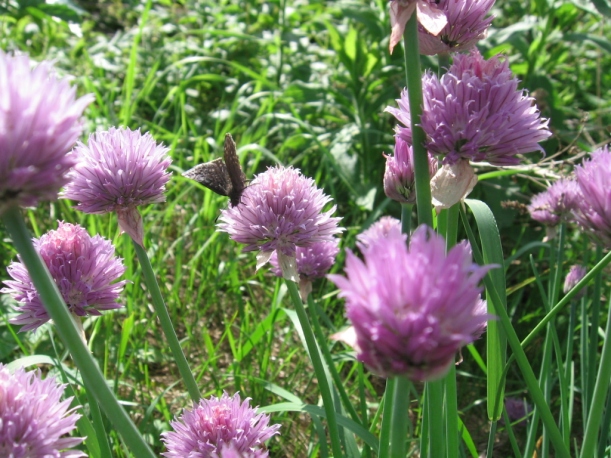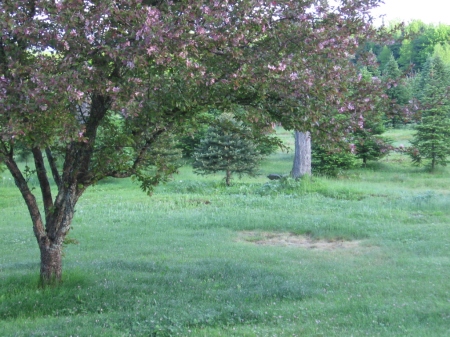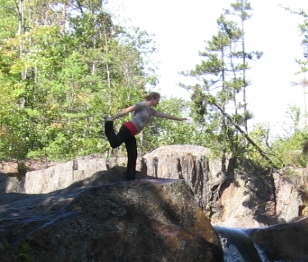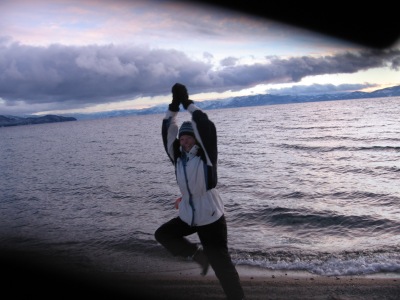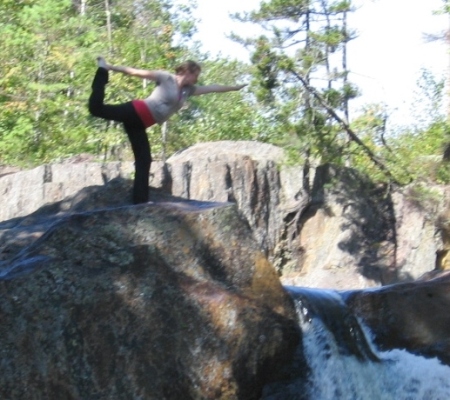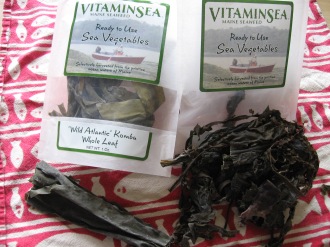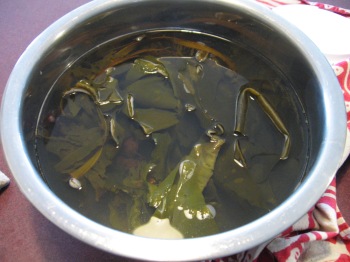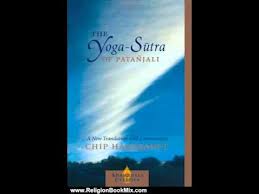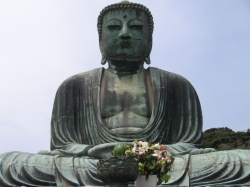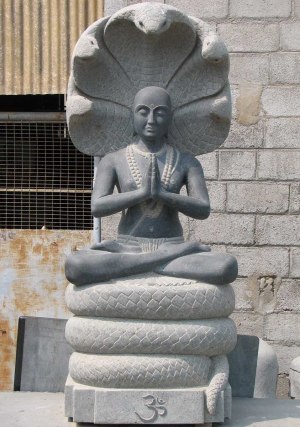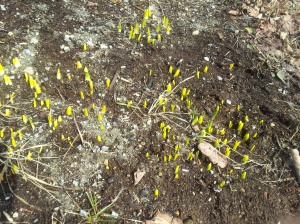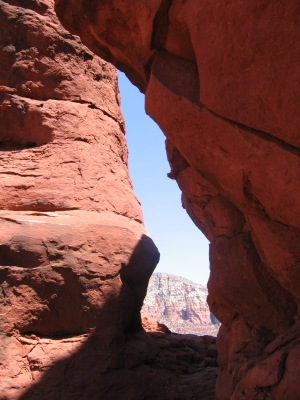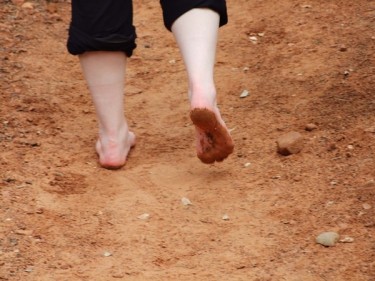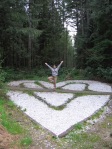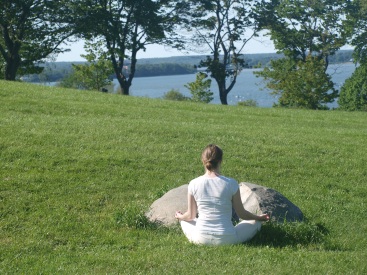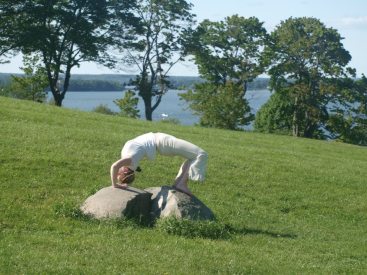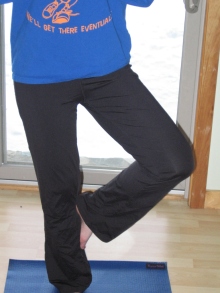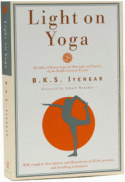You can read Part 1 here.
Finally it was time to, reluctantly, move back home to Maine. One of the first things I did was look for a Kundalini studio. That’s when I met Kartar (who would later go on to take over my yoga class and half my speech therapy caseload when I left Maine for Arizona, funny how life works) and her little studio, Kundalini Community Yoga, in the front room of a downstairs apartment of the house she owned in the West End of Portland. Sloping pine floors, fire place and old plate glass windows, right beside one of the many fine restaurants in the town. (For a whole week I convinced myself that the smell of steak wafting through the windows as I lay in Savasana was a sign I should eat meat again. I bought one organic grass-fed steak and it was delicious, then I was over it).
I loved the same old Kundalini in this new style from a new teacher, so laid back, yet behind her, years of experience and commitment, knowledge and faith in the practice and what it can do for your life. Then she closed her studio and took a break from teaching.
There was another little Black Age for Catie and Yoga, no more Kundalini and I just couldn’t get into Portland’s obsession with Vinyasa Flow. There was another wonderful teacher, that taught a gentle open flowing hatha –Open Heart Yoga, but the East End Community Center soon closed too and she left with its closing (She has since come back to open a new studio). I was discovering that my first year working may be harder than my first year of grad school, now no longer having the supportive network of my grad school friends and classmates, adjusting to another new city I wasn’t quite committed to being in yet.
I decided to give the flow studio another chance and in the meantime had started entertaining the idea of taking a teacher training, browsing different programs in different tropical locations on the Internet and in Yoga Journal.
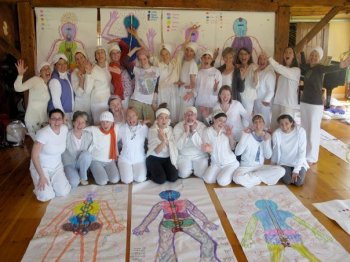
teacher training group photo and images we created learning about the chakras
I met Heather the next day in her Kundalini class, the same old great Kundalini, another different teacher’s style. She announced that night a teacher’s training would be taking place in a few months in New Hampshire, taught by a wonderfully radiant artist-yogi. It was serendipity; I was in!
The first weekend of the class was a few days after my grandfather’s funeral. Recovering from a cold, overwhelmed with grief and exhaustion, I survived week 1, beginning to meet, slowly and shyly, the women I would spend one weekend a month with for the next nine months, completely transforming my life. I enduring pain and poses I never thought possible, continued through the tears, came out on the other end of a 2 ½ hour long meditation, and began teaching in front of them.
I also started teaching a practice class to a few willing co-workers in our office’s basement. They helping me move the heavy conference table and chairs into the other room once a week, then put them back again. I was beginning to feel like a teacher.
Between yoga and the power of positive thinking, I completely transforming my life into a place I wanted to be. Portland became a wonderful city, my job became one to fall in love with, even the winters I had always struggled to get through I embraced and loved. 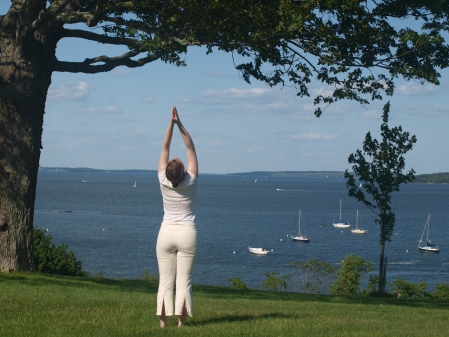
And I found my yoga studio. One day Heather was late to class, stuck in traffic. I started talking with another student, who, with more passion than I’d seen in a long time, told me he was opening up a donations-only studio and I should stop by and help out if I wanted. Painting those walls that vibrant sunrise yellow was like therapy to me. Yogavé soon opened and I was subbing for Heather who had come on board and soon had my own class Tuesday nights at 7:30.
I was firmly into a daily committed practice. In the mornings if I didn’t want to get up for me, I did it for my students – I owed it to them, was committed to them, they needed a good, prepared, well-balanced teacher. I also taught a few outdoor classes on the Eastern Prom overlooking the bay on beautiful sunny summer mornings.
Life was pretty blissful. But I got restless. I was young, I was free, not yet tied down to the family and relationship I secretly desperately wanted. So I left my oceanside apartment for the desert. The Southwest, a place that had been calling me to return to since I first laid eyes on the alien land in my cross-country trip to Oregon.
After a much shorter and often more pleasant cross-country trip with my mom, I landed in Surprise, Arizona to start a job at an elementary school, all wide-eyed, high hopes of bringing yoga to the kids and this suburban town. Who knows where I’ll be called to teach, as it had called me, no, fallen into my lap, before. 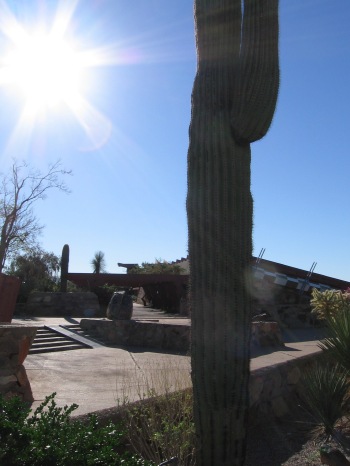
No one knocked. In fact, no one answered my knocks, not the PTA or the apartment complex activities director, or my neighbors. And these whole nine months I felt guilt, guilt that I didn’t try hard enough to bring yoga to my new community. This was a desert in terms of yoga, as well. Not a single yoga studio. There was a yoga class in my apartment complex that fizzled, a “yoga club” with a sporadic full moon yoga class and other class times that were inconvenient for me. There was a sort of ashram in Phoenix, but I hadn’t yet found the hour drive just for a class worth it enough. Guilt at my own slipping practice, watching, as I needed to start work earlier the minutes of my a.m. practice slowly dwindling to a consistent 15-20 minutes, then skipping on early meeting days, then skipping just to skip, then the days I do practice more rare than the ones I don’t.
This new development, however, only occurred in the last couple months of my Arizona stay. I did maintain practice through most of my time there, and that is something. But the guilt still lingered. In the end, I felt as if the suburbs had beaten me. I had not conquered. I was a yoga teacher who’s knowledge was being wasted, crumbling. And my own practice crumbling too.
Then I came home to Maine again and yoga had still steadfastly been waiting for me to make my next move.
And then I did. While back in Portland I built up a practice in my new-old life, keeping it through a new relationship, keeping it even though I couldn’t find and really didn’t spend much time looking for a teaching gig. This time my yoga practice was instantly there to ground me in this new period of my life. I knew I wanted this relationship, but I wanted it to be different than the ones before. Yoga helped me open up to my relationship fears, to open up to him. And even though he didn’t practice with me, he whole-heartedly supported my practice, and saw its importance to me.
The relationship soon got serious, and after a while I found myself in a new town, much more rural, still keeping a fairly steady Kundalini practice. Soon the universe opened up again and gave me an opportunity to teach –three of them actually. I started up a little class at my local gym. Then the teachers I worked with found out I taught and I started an after school class for them. When school let out for the summer, I found a new venue to teach at, in a lovely yoga gazebo. When the new school year started, and a new year-round full time job, adult ed approached me to do a class through them.
This was all great, but felt like a bit too much on my plate, teaching twice a week, negotiating a new job, and of course, blogging about it all. This time, instead of my personal practice being strengthened by my teaching, it weakened. I found I only had time to focus on what I’d be teaching, instead of exploring and deepening a personal practice.
So I stopped. I stopped teaching, and for a while I stopped, unexpectedly, practicing. It started up a bit in spurts and sputters that didn’t get very far because in January I injured my knee. And everything stopped.
But, as I healed, as always, I soon found my way back to yoga. This time it was different though. I found I was interested in Iyengar-style asana, rather than Kundalini. I found this gave me the strength, balance, and courage to heal from my injury –body and mind. This was my pre-surgery recovery period.
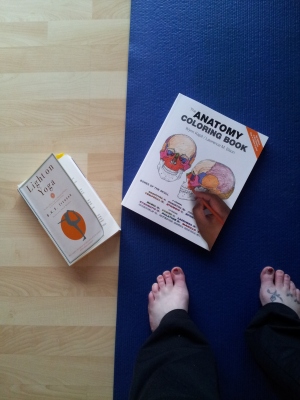
my new direction
The period after surgery while I was laid up, I read everything I could about yoga, deepening through study of the texts, and self-study. I’m slowly starting to be able to breathe again and do a few asanas. This is lovely, of course, but I’m also more interested in what my yoga practice looks like off my mat, another aspect of yoga I feel I’d been neglecting.
I still feel myself swimming away from Kundalini, and back to my hatha roots, but even more I’m curious about the origins of yoga and its evolution, and how it fits into our society. I find myself wanting to give all styles of yoga a try. I want to know as much as I can about the practice, and I don’t want to have an opinion about any of it yet.
I can’t wait till my knee heals to really get back into the physical practice in a new way, but until then, this period of bodily stillness has opened up so much, and given me a much needed kick in the pants in my evolution as a yogi.
Related Reading:
A different perspective: on the bastardization of yoga, like indigenous traditions by low-brow pop culture (good stuff in the comments section too): http://www.rebellesociety.com/2014/04/01/on-the-bastardization-of-yoga/

